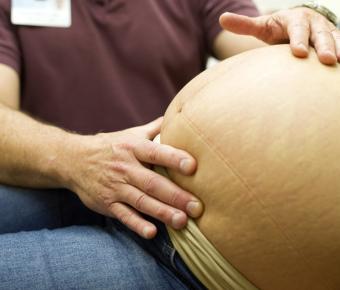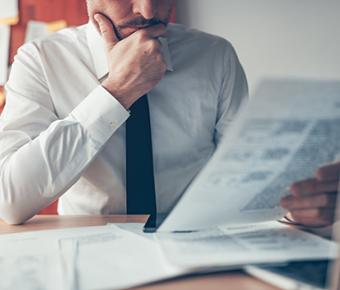Three former EPA officials are renewing calls for the agency to use TSCA authority to order Chemours to conduct new toxicity testing of dozens of per- and polyfluoroalkyl substances (PFAS), pushing back on claims from EPA’s chemicals chief that the data “already exist” even as they sue over the agency’s failure to order the tests.
A strategy the EPA is using to decide what scientific data it will use to decide whether a chemical’s potential to harm people or the environment is so great it must be regulated could ignore potential harms, academic scientists and an environmental group said Tuesday.
A few days after the inauguration of President Joe Biden, Michal Freedhoff settled into her cramped home office in a suburb of Washington, D.C., to get to work as the nation’s new top chemical regulator.
Late one warm Saturday morning in mid-March, a group of five longtime residents of Southeast Los Angeles gathered in a cramped office in Maywood to talk about living in one of the most heavily polluted areas in California.
Annie Hoang joins the Agents of Change in Environmental Justice podcast to discuss how the U.S. fails workers when it comes to toxic exposures, and how researchers can advocate for safer workplaces.












